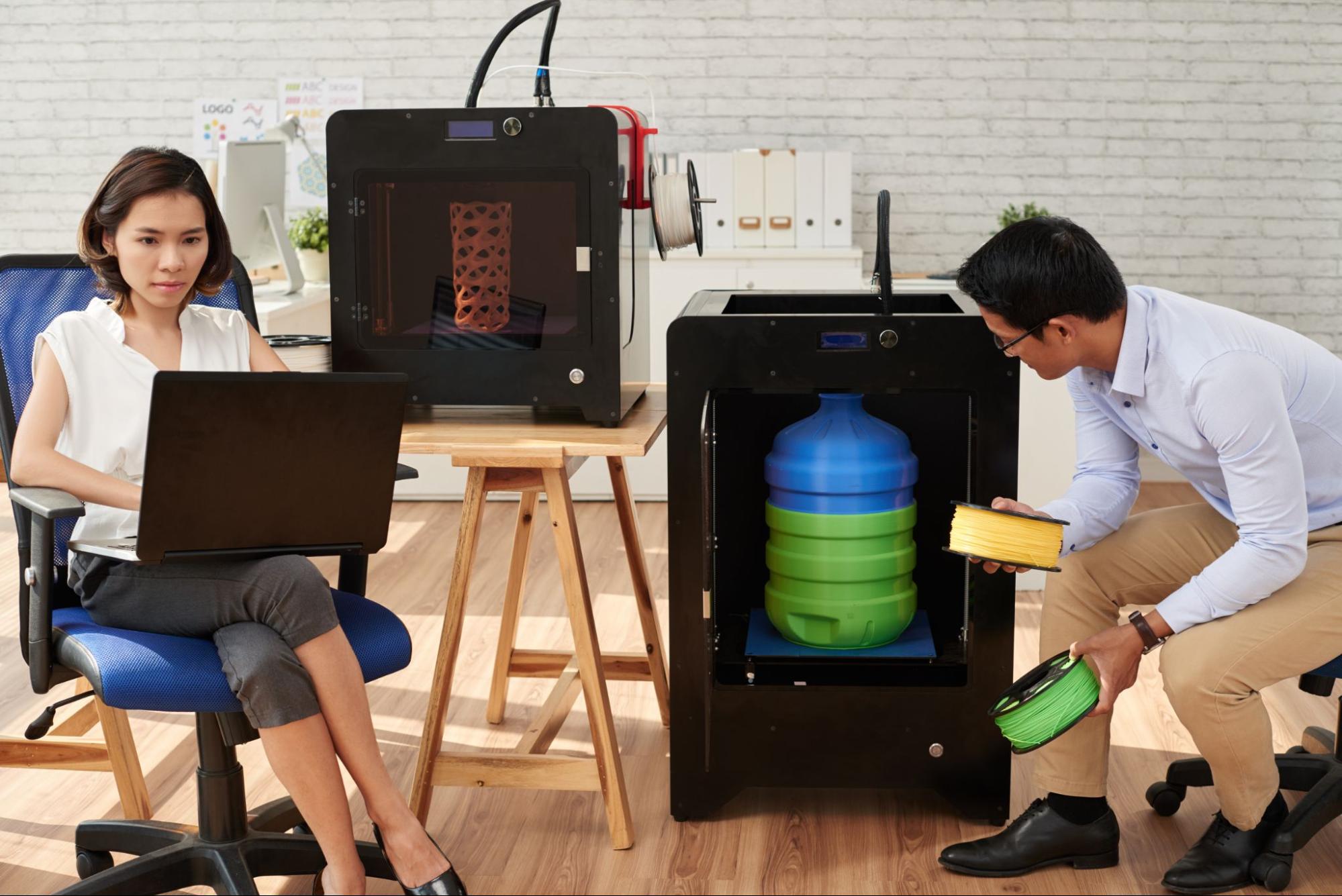How 3D Printing in the Philippines is Helping to Reduce Manufacturing Costs

Manufacturing has always been a complex and costly process. From sourcing raw materials to producing and assembling parts, every step requires time, labor, and financial investment. But with the rise of 3D printing in the Philippines and other countries, businesses are discovering a more cost-effective way to bring their products to life.
Unlike traditional manufacturing, which often involves expensive molds, machinery, and mass production, 3D printing allows for more flexibility and affordability. By reducing waste, cutting down labor costs, and accelerating production times, businesses are saving money while staying competitive. It also continues to drive advancements in key industries in the Philippines, including healthcare, automotive, and consumer goods.
On This Page
- Lower Material Waste
- Elimination of Expensive Tooling and Molds
- Faster Prototyping and Product Development
- Reduced Labor Costs
- Cost-Effective Customization
- Lower Transportation and Storage Costs
1. Lower Material Waste
One of the biggest expenses in traditional manufacturing is wasted material. Methods like CNC machining carve out parts from a solid block, leaving behind excess material that often goes unused. In contrast, 3D printing builds objects layer by layer, using only the exact amount of material required. This not only cuts costs but also makes manufacturing more sustainable by reducing waste, an important factor for businesses in the Philippines looking to implement eco-friendly production methods.
2. Elimination of Expensive Tooling and Molds
In conventional manufacturing, molds and tooling can be a huge financial burden, especially for small production runs. Injection molding, for example, requires custom-made molds that’s costly. With 3D printing in the Philippines, there’s no need for molds—designs can be printed directly from a digital file, allowing businesses to produce parts without these additional expenses. This is especially beneficial for startups and SMEs that want to manufacture products without large capital investments.
3. Faster Prototyping and Product Development
Developing new products can be a slow and costly process when using traditional methods. Each design iteration might require a new mold or prototype, which takes weeks or months to refine. 3D printing speeds up this process significantly. Designers can quickly produce and test prototypes, make adjustments, and print new versions in a matter of hours or days instead of weeks. This faster turnaround reduces research and development (R&D) costs and helps businesses bring products to market more quickly. In the Philippines, where the demand for innovation is rising, 3D printing is a game-changer for rapid product development.
4. Reduced Labor Costs
Manufacturing typically involves multiple stages that require skilled workers to operate machines, assemble components, and conduct quality checks. With 3D printing, many of these steps are automated. A single operator can oversee multiple 3D printers, minimizing the need for extensive labor. This is particularly beneficial for small businesses and startups in the Philippines looking to optimize their workforce without sacrificing production quality.
Related: The 5 Must-Know Benefits of 3D Printing
5. Cost-Effective Customization
Customization in traditional manufacturing is expensive. Whether it’s personalized consumer products or specialized industrial parts, modifying designs usually means creating new molds or reconfiguring machines—both of which add to production costs. 3D printing removes this barrier by allowing manufacturers to adjust designs digitally and print unique variations without additional setup costs. This makes it ideal for industries like healthcare, where custom prosthetics and medical implants need to be tailored to individual patients. The ability to create affordable, customized products is a major advantage for 3D printing service providers in the Philippines.
6. Lower Transportation and Storage Costs
Producing parts locally using 3D printing can significantly cut down on shipping costs. Instead of relying on overseas manufacturers, businesses can print parts on demand, reducing the need for costly imports. Additionally, because 3D printing enables just-in-time production, companies don’t need to store large quantities of inventory, minimizing warehouse expenses and the risk of unsold stock. This is particularly relevant for businesses in the Philippines, where logistics costs can be high due to the archipelagic nature of the country.
As 3D printing technology continues to evolve, its impact on manufacturing costs will only grow. With improvements in printing speed, material variety, and machine affordability, more businesses will have access to this cost-saving technology.
For businesses looking to reduce expenses while maintaining high-quality production, 3D printing in the Philippines presents an exciting and practical solution. A Fab Lab in the Philippines can also provide valuable support by offering access to 3D printing technology, helping businesses and entrepreneurs bring their ideas to life more affordably. Whether you’re a startup developing prototypes or an established company streamlining your supply chain, now is the perfect time to explore the advantages of 3D printing in manufacturing.
Looking for quality 3D printing in the Philippines? Contact us today to learn more about our products!


